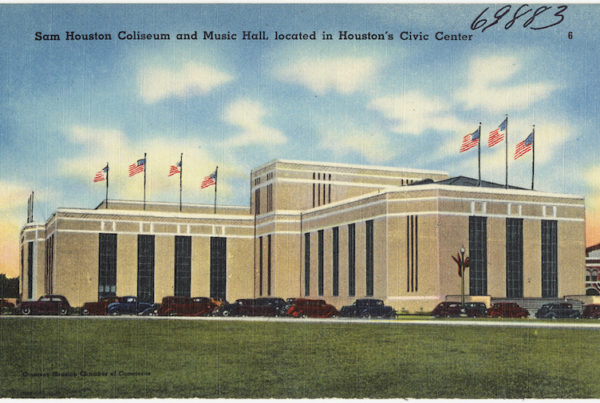This story originally aired and published on July 22, 2016.
Everyone has heard of people gaming the system: extreme couponing, loopholes to cash in on thousands of frequent flyer miles and the like. So when one of my friends who works for a large tech company said he’s been inundated with phone calls from people asking for free products since the summer began, I decided to check it out.
He said people were expecting free tablets, laptops or smartphones. All of the callers cited that they got the idea from YouTube videos. With a quick Google search I found exactly what my customer service friend was referring to.
The above clip is one of my favorites. There’s a guy claiming that hidden away in the packaging of every Apple Watch is a cash rebate.
You’ll begin to notice some trends – Apple products seem to be the most popular. All videos essentially say the same thing: there is some often-overlooked exploit to get a product or service for free. But before I wrote anything off as fake, I had to try it for myself. So I jumped on the computer to do just that.
I searched for a free iPhone 6S and clicked a seemingly-legitimate video.
The instructions said to go to apple.com/pr. The link worked. It took me to the Apple press release website and the page looked exactly like the video’s screen capture of the site. But thats where the video’s instructions started to deviate from the actual options available on the web page.
In my frustration, I did the unthinkable. I called customer service.
Cedric, the customer service representative who picked up, said there isn’t any offer like that available.
“(They’re) pretty much giving you the runaround,” he said. “There’s nothing going around as far as a free iPhone at all.”
But why would anyone waste their time to make these videos in the first place? Many of them are fairly lengthy, well-edited and most have a degree of technical fakery involved. To get an idea on what the motivation behind this could be, I sat down with Gary Wilcox and showed him some of the videos. He’s a professor of advertising and marketing at the University of Texas at Austin. He says that the key is in how YouTube pays people who upload videos.
“I would assume a bunch of smart young people are saying ‘Hey, we can work the system by putting these good stories up. People will view the story and we will get money from the Google advertising,’” Wilcox says. “That’s what appears to be going on.”
Key words like “free” and “Apple” generate lots of views, even if the content is patently false. Some figures online show that a video with about 200,000 views can land a payout of $300 to $800 for those who upload videos. However, Wilcox says that the real magic is in creating a good yarn.
“The story is a good story,” Wilcox says. “The consumer is let in on a secret that ‘No one else knows, by the way.’ And you are able to know something that somebody else doesn’t know, and you will be able to profit off this knowledge.”
And while deals can be had out there, Wilcox says this one is simply a con. “If looks to good to be true it probably is,” he says.

















